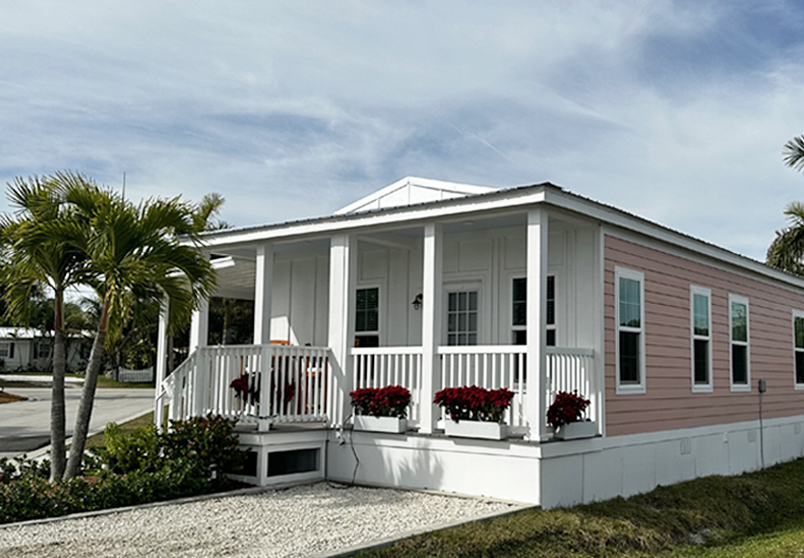When severe storms and hurricanes strike, one of the biggest concerns for homeowners is whether their home can withstand the strong winds and heavy rains. For those who own manufactured homes, anchoring systems play a vital role in ensuring structural stability and safety. But how do these systems work, and why are they essential?
Let’s explore the importance of anchoring systems and manufactured home anchors in protecting your home from extreme weather.
Why Anchoring Systems Matter
Unlike traditional site-built homes, manufactured homes are built off-site and then transported to their final location. Because they are not built on permanent foundations, they require anchoring systems to secure them to the ground. These systems help prevent movement, shifting, or even complete displacement during high winds and storms.
How Do Manufactured Home Anchors Work?
Manufactured home anchors are designed to keep a manufactured home firmly in place by securing it to the ground through various anchoring techniques. These systems typically include:
- Ground Anchors: Installed deep into the ground, these anchors provide resistance against uplift forces, such as those caused by strong winds.
- Tie-Downs: Metal straps or cables that connect the home to the ground anchors, preventing movement or swaying.
- Frame Anchors: These attach directly to the home’s frame, providing additional stability.
- Over-the-Top Straps: Used in some installations, these straps wrap over the structure to keep the roof secured.
Each of these components plays a crucial role in ensuring that a manufactured home remains stable during adverse weather conditions.
Are Manufactured Homes Safe in Storms?
A common question among potential homeowners is, Are manufactured homes safe during storms? The answer largely depends on how the home was installed and whether it is in compliance with local building codes. In Florida, for example, manufactured homes must meet stringent wind resistance standards due to the high frequency of hurricanes. Anchoring systems are required by law to comply with HUD (Department of Housing and Urban Development) regulations, ensuring that homes can withstand these conditions.
Advancements in construction techniques and materials have also made modern manufactured homes significantly safer than older models. When properly anchored, they can perform just as well as traditional homes in storms.
Choosing the Right Anchoring System for Your Manufactured Home
The type of anchoring system required depends on various factors, including soil type, wind zone classification, and home size. Experienced professionals will determine the best anchoring solution for their specific location.
Key Considerations:
- Local Wind Zone Ratings: Homes in hurricane-prone areas require stronger anchors and more tie-downs.
- Soil Composition: Sandy or loose soil may need deeper or more robust anchoring solutions.
- Regulatory Compliance: Ensure that your anchoring system meets HUD and local building code requirements.
Anchoring systems are essential for manufactured home safety, especially in storm-prone regions. Investing in a proper anchoring system not only protects your home but also provides peace of mind during severe weather conditions. If you’re considering a manufactured home, be sure to work with a trusted retail center or community to ensure your home is installed with the highest safety standards in mind.
Explore Home Safety Solutions with Jacobsen
Your home’s safety starts with a strong foundation. Contact us today to learn more about our expertly crafted homes and how we can help you find the perfect storm-resistant solution for your needs.

